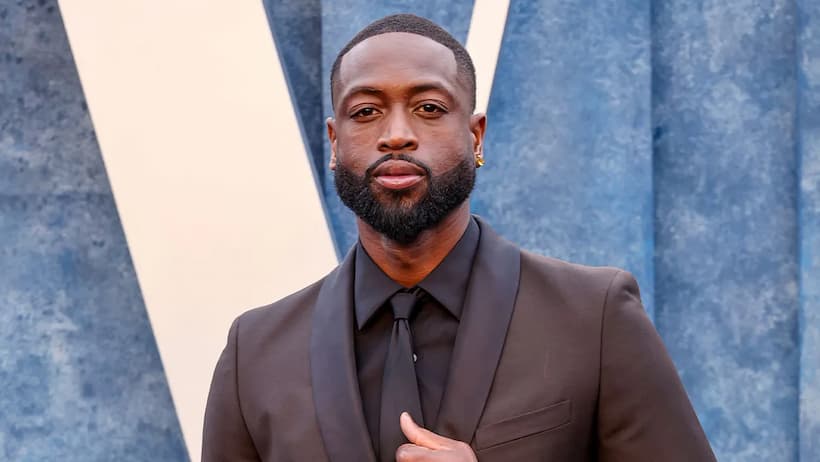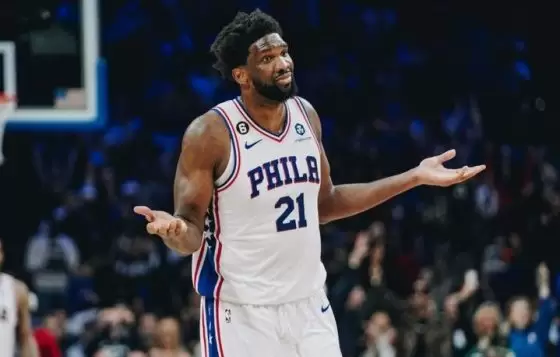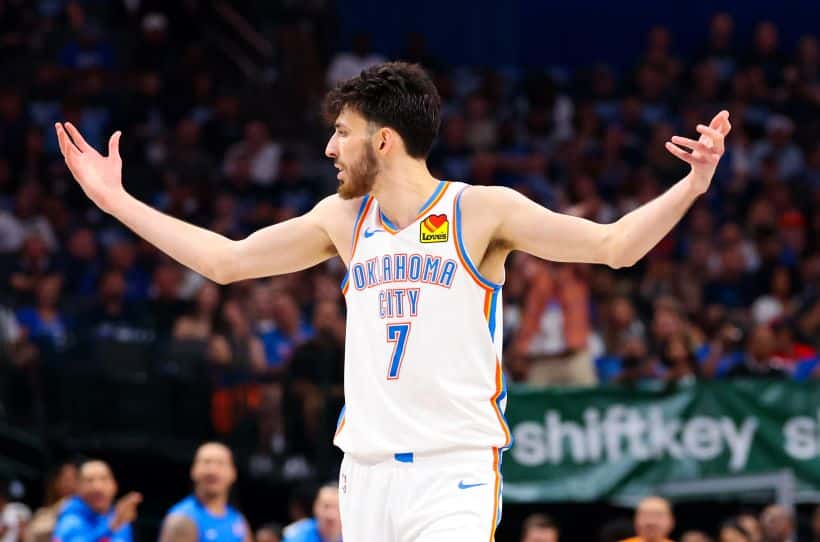When the Boston Celtics gave Jaylen Brown the richest NBA contract ever with a five-year, $304 million extension, they implicitly asserted that Brown’s game and career trajectory will place him among the elite players in basketball.
Brown reaching that stratosphere is a two-pronged mission. It requires the 26-year-old to commit to ironing out the issues and inconsistencies that have dotted his rise to stardom so far. But it’s also on the Celtics coaching staff and organization to put their franchise cornerstone in the best positions for him to succeed.
Brown is now a supermax player coming off an All-NBA season — and a brutal playoff run that helped lead Boston to an underwhelming Eastern Conference Finals exit. He’s earned the new extension, but he and the Celtics shouldn’t be satisfied with 2022-23 as his performance ceiling.
So how do player and franchise reach that next level?
The map starts at the same exhaustive talking point that has carried on for months: turnovers.
Brown’s postseason struggles with his handle aren’t just fans’ bias. According to PBP Stats, he ranked fourth among all NBA players with 1.55 playoff turnovers per game where he either lost the ball or lost the ball out of bounds (PBP Stats labels them separately); his 31 total were the most in the postseason. He averaged 1.37 lost-ball turnovers per game in 2021-22. Those rates are more than double any prior postseason of his NBA career, suggesting that once Brown moved to more of a primary playmaking role against heightened playoff defenses, the problem magnified.
But last year’s issues extended back to the regular season. Brown coughed up 1.02 lost-ball turnovers per game, ranking 5th among 263 NBA players logged at least 1,000 total minutes (Jayson Tatum was 4th at 1.06, for what it’s worth). That was the second-highest rate of his career behind 2020-21. There are too many overlapping circumstances to pin down one reason, but regardless, the stagnant progression even in a great year was surprising.
I watched back during the summer all 31 of Brown’s postseason lost-ball turnovers, categorizing them by common themes. (What I found lined up very similarly with a piece Jared Weiss wrote for The Athletic, so a hat-tip to him). Yes, Brown did have issues with his left hand, as shown in situations where he backed a defender down or drove along the baseline.
Perhaps most notably, he struggled attacking in a straight line with crossover moves, and defenders knew it:
Ok this is a big one. Brown ran into trouble with variations of crossovers (esp. right-to-left hand). Defenders were enticed to stick a hand in and pick his pocket, and sometimes he just lost the handle, often at high speeds.
That’s an interesting one to me pic.twitter.com/WtquJ6U7jp
— Ethan Fuller (@ethman43) August 2, 2023
These types of miscues are areas for skill improvement. If Brown is going to use these moves (which he should), he simply needs to develop a tighter and more consistent handle. Yes, his hand injury suffered before the playoffs probably factored in, but he obviously still felt comfortable enough to try the moves.
But some of Brown’s other turnovers might be more significant because they show how both he and the Celtics can improve their offensive process.
I think there was a lot of general hesitancy that led to TOs when Brown used screens in the middle of the floor. If defenses were in drop coverage and effective chasing him over screens, or they switched and pressured early, it was hard for him to get a head of steam pic.twitter.com/fY1pWaAlL8
— Ethan Fuller (@ethman43) August 2, 2023
This set of turnovers came when Brown used screens to probe the middle of the floor. We can’t use the word “attack” here, though — he seemed hesitant to do so, and it was the wrong kind of herky-jerkiness that led to these turnovers. If the screener defender sat in drop coverage, and the guard chased Brown effectively, Brown appeared to freeze at driving right into the big with another player also trying to swipe. Some defenses, like the Heat, also switched and pressured Brown before he could push downhill.
I’d like to see a more decisive Jaylen Brown attack these situations with the confidence that he can finish through the drop big. That being said, in some of these situations, the spacing from the rest of the Celtics (particularly that first clip against Miami) was pretty poor. If Brown is going to lead a pick-and-roll, the roller has to be more aggressive and the spacers and cutters around Brown have to give him outlets or draw defensive attention.
In some of those clips, you can also see a second-side defender help from the elbows to further swarm Brown’s drive. That leads to another sticking point: Boston has to find ways to get the ball out of his hands earlier.
Here’s the first, and possibly most egregious, example:
Brown drives one-on-one against Bam Adebayo and Gabe Vincent helps from the strong-side corner off of Grant Williams. This should be a no-brainer pass to Williams for an open corner three and it doesn’t happen. Give credit to Adebayo and Vincent for clogging the lane quickly, but Brown still needs to make this (relatively) basic read.
And we have more examples of Brown losing the ball when opposing players help and/or dig at him:
And lastly I want to end with some struggles against second-side and/or strong side help, as well as digs
Brown doesn’t pass often out ofdrives and that isn’t the end of the world — but he could be better at reading initial help and just dumping the ball off. Also ball security pic.twitter.com/O4osNDwPwx
— Ethan Fuller (@ethman43) August 2, 2023
There’s so much room for individual and team improvement here.
Brown is a phenomenal driving scorer. He made 57.9% of his field goals out of drives last regular season, per PBP Stats, which ranked 11th out of 118 players with at least 150 shot attempts. He passed the ball on just 29.1% of his 764 total drives though — 12th-lowest among 77 players who drove 500 or more times. That increased slightly to 32.3% in the playoffs.
A low pass-to-drive rate isn’t always a bad thing, especially when a player can score like Brown. He also has solid court vision and dishes out impressive passes more frequently than you might remember.
But seeing the missed reads — ones that he can make with regularity — means there’s opportunity to balance the scales out a bit more.
Some of those Brown turnovers are again because his teammates aren’t spacing the floor effectively. They sit in their standard alignments, but when Brown is basically going iso, they’re not overloading a side or otherwise pulling defenders away. It made help defense on Brown’s driving attempts much easier than it should be.
Hopefully, this offseason has brought in positive changes. Kristaps Porzingis’s arrival could be huge for Brown. A 7-foot-3 screen monster who is a dangerous pick-and-pop threat or spot-up shooter? That’ll surely draw some focus away from Brown, or give him an easier target in the pick-and-roll. And, ideally, a full summer of gameplanning by coach Joe Mazzulla means the spacing issues rectify themselves.
The bottom line: maximizing Jaylen Brown — and winning a championship — isn’t just about player development. The Celtics need to also show they want this $304 million commitment to work. Fortunately, with Brown’s natural gifts and the talent surrounding him, there’s reason for optimism in a new year.






